The Blade MCX is a favorite of indoor micro UAV autopilot designers, even in the age of micro quad copters. The time had come to automate one.
A test of a Ladybird showed the Blade MCX was much more stable. It automatically damps its horizontal motion to a freakish level. The ladybird flew for 5 minutes with a dummy payload. It would have been an unknown amount less if the payload used as much power as the real autopilot.
The Blade MCX flew for 11 minutes without a payload. Flight time was slightly longer without a canopy.
The full autopilot with IR leds & hot glue was 3.7 grams & reduced the Blade MCX to 2 minutes. It would probably reduce the ladybird to an even more unacceptable time, but it would take some doing to test the current usage.
The largest problem was the 160mA required by the IR leds to give a light field the cameras would see. This was the introduction of a pure IR camera system.
IR filter from edmondoptics.com was invaluable. You need a filter which passes the IR band without attenuation to get a high enough frame rate. Floppy disks & film rolls neither do that nor are they still produced.
The camera of choice was the Logitec C210 webcam. It was cheap, had manual exposure control, decent picture quality, & was easy to convert to IR.
Unfortunately, the mighty TCM8230 from $parkfun couldn't be converted to an IR camera.
The IR filter is too close to the sensor to remove without damaging the sensor.
View from the Logitech in IR, with auto exposure.
Overriding the Blade MCX remote required just a 100nF, 1k, & 600khz PWM to generate a stick voltage. The sticks were now overridden by software. A 0-3.3V range was all that was required to control it, even though the stock remote did 0-3.5V.
It was very useful to have a 2nd controller to fly it manually, testing for whether a problem was in the autopilot or natural instability.
The Marcy 3 board has become the jellybean autopilot board for micro UAV's. All it does is transmit the heading & provide 1.2V to the LED's. In the future, it could be expanded to control the motors.
Indoor copters are such 1 hung low items, there hasn't been any incentive to replace their electronics.
Solid IR leds have been superior to flashing, visible LEDs. The IR spectrum has a lot more unused bandwidth. They are still overpowered by lightbulbs & sunlight, but it won't be sunny here for another 7 months. If only they didn't need so much power.
A fleet of Blade MCX's in various stages of testing.
The complete autopilot electronics.
A final revision of the autopilot conversion.
26.4g with autopilot.
21.6g with no canopy or autopilot.
22.8g with canopy
It flies itself in the apartment.
1 of the Blade MCX's developed a natural oscillation, early in its conversion. There's no record of Blade MCX's developing a natural oscillation, on the goog. The oscillation remaned, whether or not the autopilot was installed. Nothing looked mechanically different or unbalanced, compared to a working Blade. This is a mystery mechanical problem.
It turned out, the problem in internet lingo was "toilet bowl effect" & the solution was soaking the flybar assembly in 3 in 1 oil. So now there are 2 autopilot capable Blade MCX's in the apartment.
It's a lot easier to photograph when it stays still.
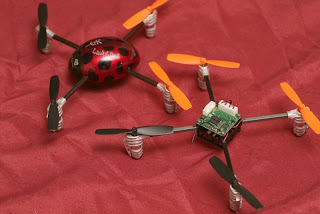
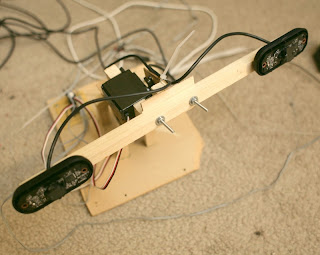
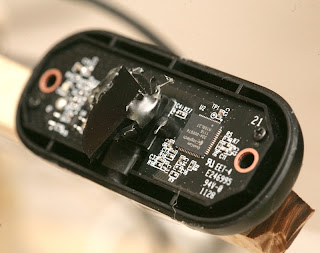
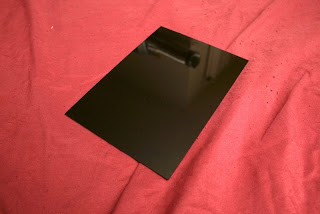
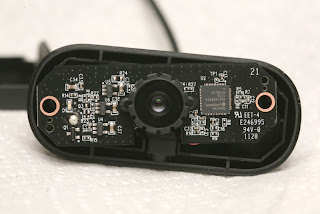
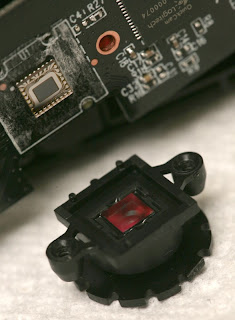
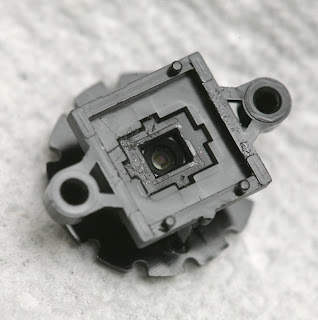
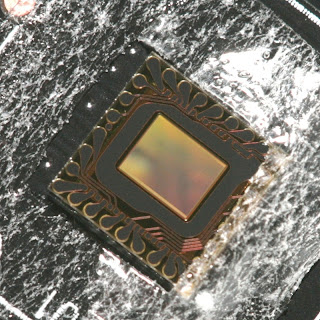
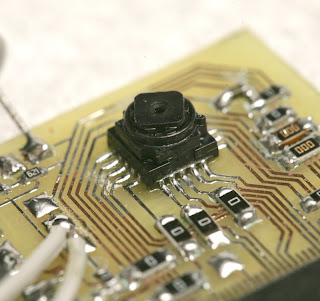
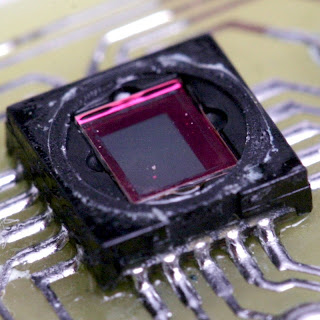
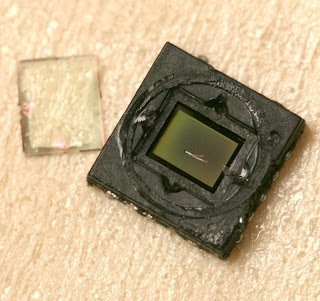
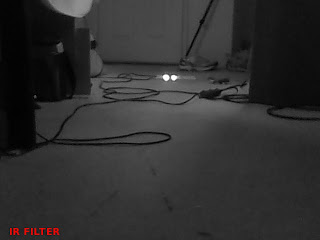
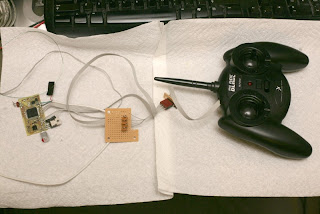
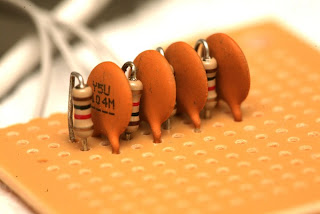
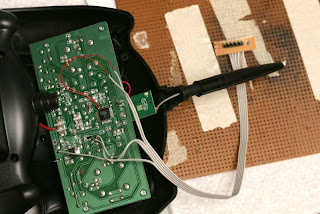
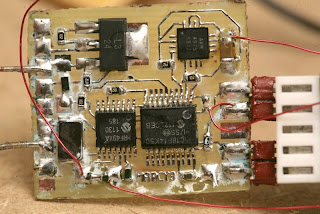
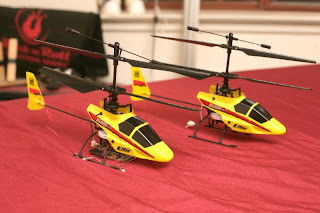
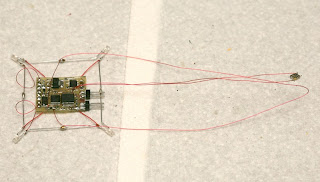
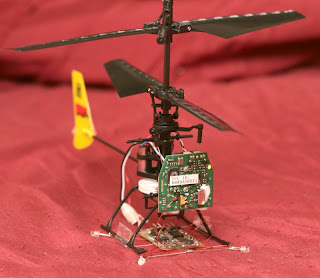
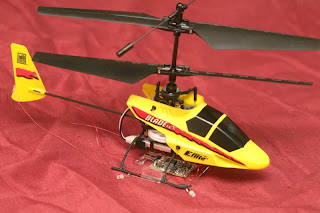
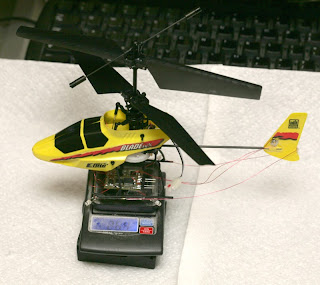
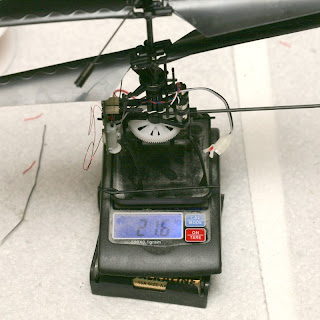
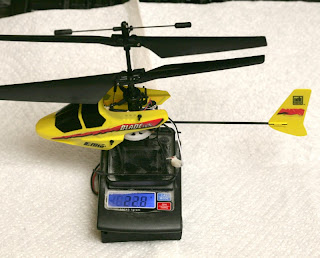
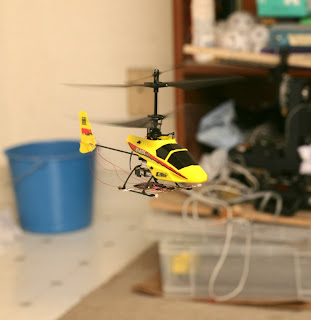
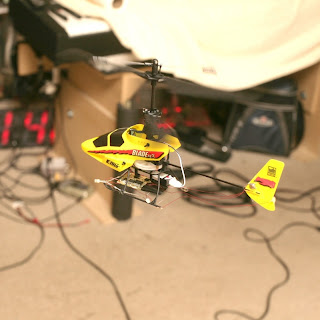
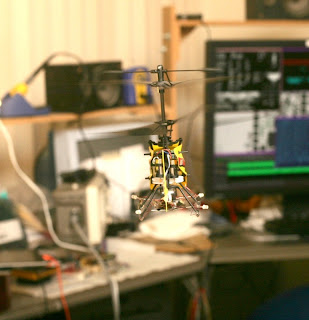
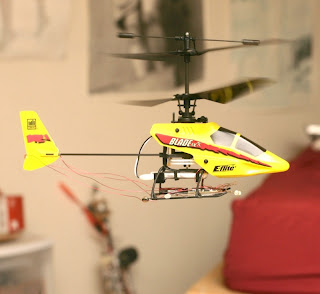
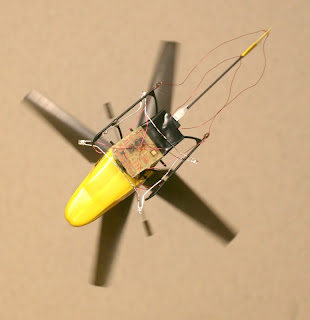
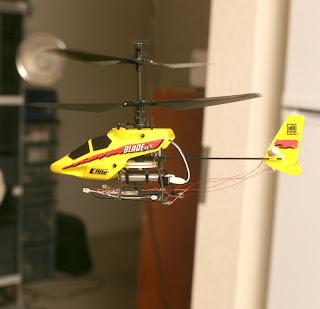
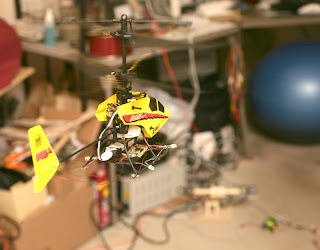

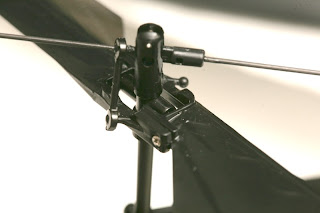
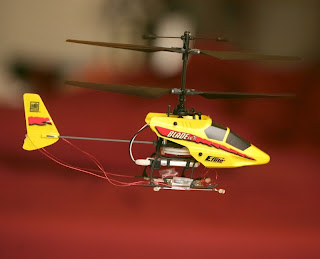
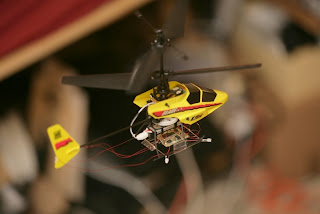
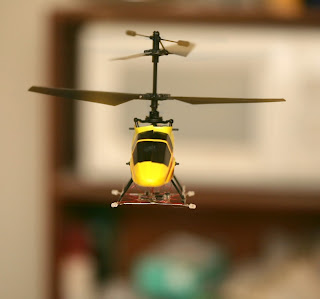
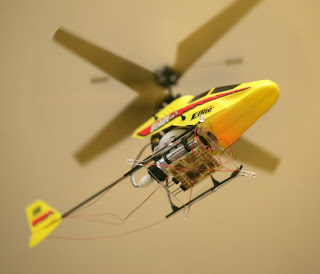
Comments
Nice, very nice in fact.
Jack,
Outstanding work yet again, you always impress us with your awesome work!
This is an astounding hack! If you ever want to turn it into a product, we'd be happy to help.
As ever, love your work Jack